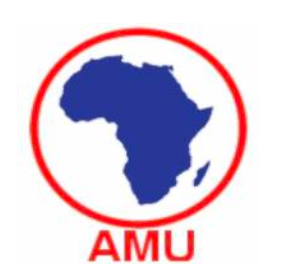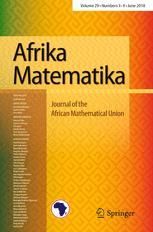Afrika Matematika
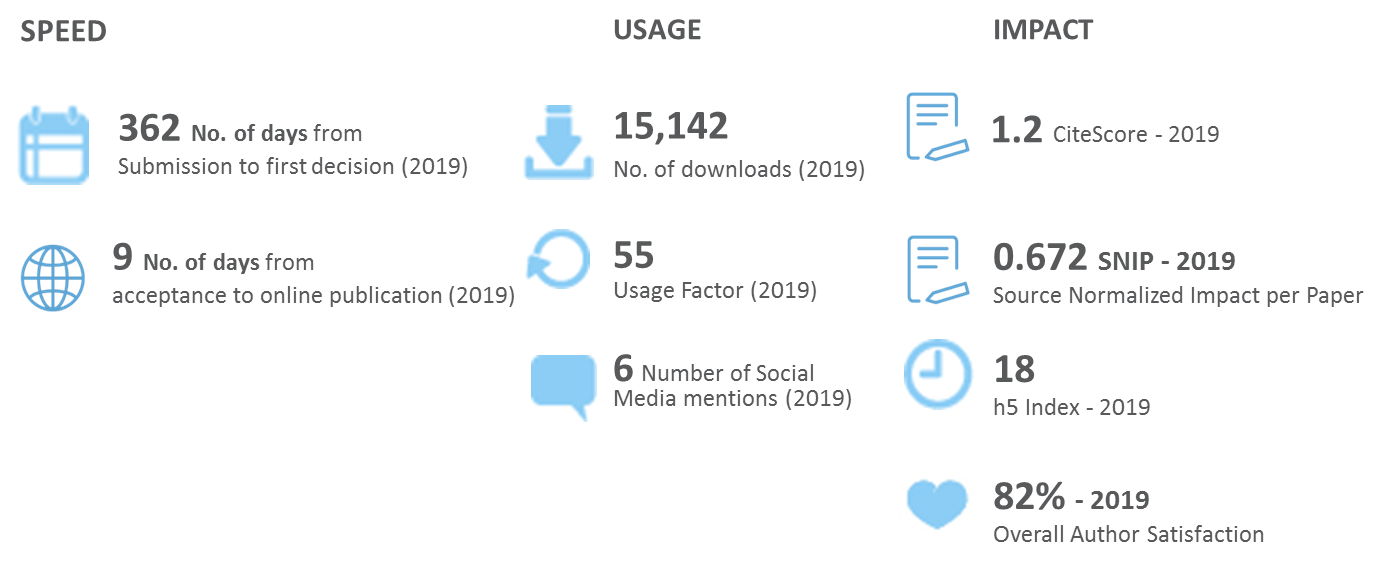
The submission rate has been steadily growing since 2011 but it has dramatically increased in the last couple of years. While in 2011 the journal received 153 submissions, there were 382 submissions in 2017, 417 in 2018 and 407 in 2019; there have been close to 400 submissions this year so far. In 2016 -19 the submissions have been received from 84 countries with the highest contributors being India (118 in 2019), Iran (53 in 2019), Morocco (30 in 2019), Turkey (25 in 2019) and Algeria (22 in 2019). The size of the journal has grown from 2 issues with total of 96 pages in 2011 to 8 issues of 1274 pages, containing 89 articles in 2019.
The usage of the journal has greatly improved. In 2012 there were 2405 article downloads and this number has grown to 15705 in 2018 and 15142 in 2019; in 2020 from January to June, the journal had already 12603 downloads. More than 10 papers have been downloaded more than 100 times with top papers being downloaded 463, 353 and 305 times.
| Title | Author | Article type | Volume | Issue | Year | Article Requests 2017 |
|---|---|---|---|---|---|---|
| Stochastic optimal control of McKean-Vlasov equations with anticipating law | Nacira Agram | Original Paper | 30 | 05-juin | 2019 | 463 |
| Résonance d'onde acoustique générée dans le pneumatique par les oscillations du système roue-carrosserie | Hypolithe Okou et al. | Original Paper | 30 | 05-juin | 2019 | 353 |
| Ricci soliton and geometrical structure in a perfect fluid spacetime with torse-forming vector field | Venkatesha et al. | Original Paper | 30 | 05-juin | 2019 | 138 |
| Some fixed point theorems for SF-contraction in complete fuzzy metric spaces | Surjeet Singh Chauhan et al. | Original Paper | 30 | 05-juin | 2019 | 130 |
| Existence and convergence theorems for Berinde nonexpansive multivalued mapping on Banach spaces | Nuttawut Bunlue et al. | Original Paper | 30 | 05-juin | 2019 | 129 |
| Review of some iterative methods for solving nonlinear equations with multiple zeros | N. A. A. Jamaludin et al. | Original Paper | 30 | 05-juin | 2019 | 118 |
| New approach to Backlund transformations for a curve and its pedal curve | Muhammed T. Saraydn et al. | Original Paper | 30 | 05-juin | 2019 | 116 |
| The method for solving variational inequality problems with numerical results | Sarawut Suwannaut et al. | Original Paper | 30 | 05-juin | 2019 | 113 |
| Uniqueness of differential polynomials of meromorphic functions and small function sharing | Bipul Pal et al. | Original Paper | 30 | 05-juin | 2019 | 109 |
| Solving the Dirichlet problem for fully fourth order nonlinear differential equation | Quang A Dang et al. | Original Paper | 30 | 05-juin | 2019 | 103 |
Diagram
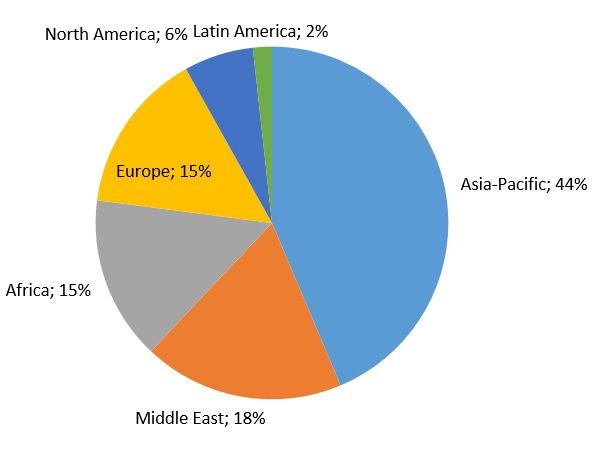
Impact
Afrika Matematika is currently covered by the following (A&I) services:
SCOPUS, Zentralblatt Math, Google Scholar, CNKI, Mathematical Reviews, OCLC, ProQuest Materials Science & Engineering Database, ProQuest SciTech Premium Collection, ProQuest Technology Collection, SCImago, Summon by ProQuest The 3-year CiteScore time window was chosen as a best fit for all subject areas. Research shows that a 3-year publication window is long enough to capture the citation peak of the majority of disciplines.
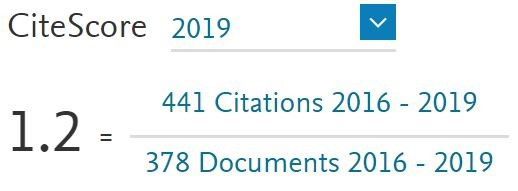
Rank
SCImago Journal Rank (SJR) is a measure of scientific influence of scholarly journals that accounts for both the number of citations received by a journal and the importance or prestige of the journals where such citations come from.
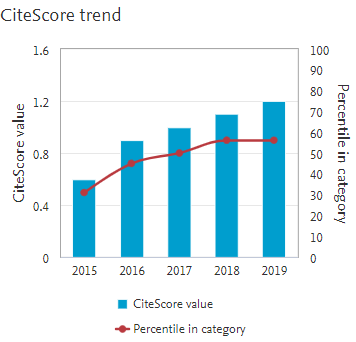
Editorial Flow
The acceptance rate is low but in line with current peer-reviewed journals. It stems for the low quality of submissions. To decrease the number of weak submissions, the following guidelines for the authors have been adopted.
| Submissions | 2017 | 2018 | 2019 | Jan-June 2020 |
|---|---|---|---|---|
| Total Submitted | 382 | 417 | 405 | 204 |
| Total Decisioned | 295 | 432 | 347 | 204 |
| Accepted | 63 | 110 | 108 | 47 |
| Rejected | 184 | 255 | 186 | 126 |
| Withdrawn | 42 | 67 | 53 | 31 |
| Acceptance Rate | 21% | 25% | 31% | 23% |
| Rejection Rate | 64% | 59% | 54% | 62% |
| Withdrawn Rate | NA | 16% | 15% | 15% |
| Average Days to First Decision | 363 | 407 | 362 | 318 |
| Average Days to Final Disposition Accept | 504 | 560 | 482 | 417 |
| Average Days to Final Disposition Reject | 322 | 370 | 332 | 285 |
